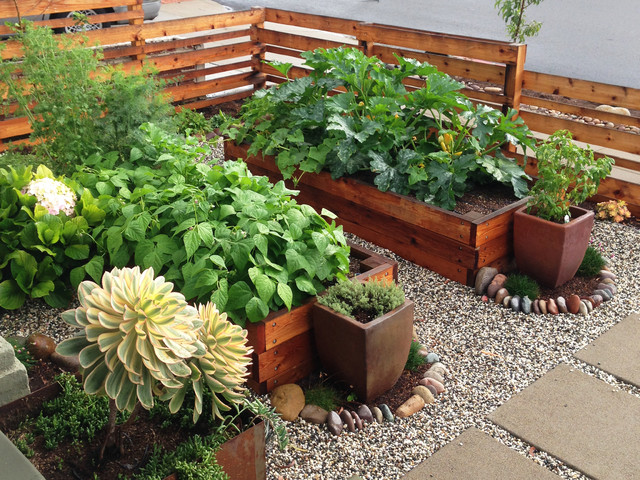Those of us who live in city environments have a hard time growing fresh fruits, vegetables and herbs. However, that doesn’t mean that it’s impossible!
It just means you need to be creative and willing to take small steps that can lead to a large impact. When you live in the city, limited space is often your biggest limitation. So how do you grow an all-organic vegetable garden without much space? Here are some tips for growing an all-organic veggie garden in the city.


Keep your garden small.
When you’re starting a new veggie garden in the city, plan to keep it small. A small garden can produce a lot of food. A large garden will produce a lot of food but you’ll need to be more careful about what you’re growing and when you’re harvesting it. A small garden will allow you to spend more time caring for each plant and less time caring for a larger area.
You’ll also be able to grow more food with the same amount of space. Some experts recommend growing one to two per square foot of space, depending on how much you have available. Many city dwellers start small-scale gardens in their backyards. This usually requires a lot more space and time than growing your veggies in a compact city plot, however. If you have space in your backyard, you can grow a large vegetable garden. You can grow several varieties of vegetables in one plot!
Don’t be afraid to buy plants.
Many city dwellers are afraid to buy plants because they think they’ll be wasting money if they don’t grow them. However, some veggies can take anywhere from five to eight weeks to grow! So if you have time during the week to plant some seeds, you can have fresh produce in a couple of months. If you’re short on time or just don’t have much gardening experience, buying plants can be a great solution.
A lot of specialities grocery stores will have plants that are labelled for indoor use. You don’t have to keep them in an outdoor container, so they don’t take up much space. Some plants are labelled for indoor use but can be grown outside in your city garden.


Mix up your veggies.
Gardens in the city need to be diverse to grow well. Mix up the vegetables you grow in your garden. You don’t want to grow a majority of one vegetable type (like a whole bunch of tomatoes in one plot) because that will become monotonous and boring.
Growing a variety of vegetables will allow you to have a greater variety of flavours and nutrients in your diet. You can grow a majority of the same vegetables in separate plots to mix things up. Some examples of veggies to grow in your city garden include lettuce, beans, carrots, tomatoes, cucumbers and herbs.
Get creative with container gardening.
Containers are a great way to expand the amount of space you have for gardening. Many cities have balconies or rooftops that can be used for gardening. These areas can allow you to grow veggies that are not typically seen in gardens (like herbs or flowers).
You can also get creative with containers. You can grow plants in pots that look like they’re growing in the soil. When it comes to growing veggies in the city, there are a lot of creative ways you can get creative with container gardening.


Add in some flowers.
Some veggies are great compliments to other vegetables. For example, carrots are great companions to potatoes, which are great companions to beans. Mixing up which veggies you grow with which other veggies will make your veggie garden much more interesting. You can also grow flowers that are labelled for indoor use.
You can grow flowers such as roses, tulips and lilies. These flowers are known for their long blooming periods, which will allow you to take advantage of the sunshine more easily.
Conclusion
Growing your food is a great way to save money and eat healthier. Growing your food can also be affordable and rewarding. City dwellers have a few challenges when it comes to growing their food.
Growing your food can be as simple as starting with a few seeds and some soil. Follow these tips to grow an all-organic veggie garden in the city. If you don’t have a lot of space, keep your garden small. Don’t be afraid to buy plants. Mix up your veggies. Get creative with container gardening. Add in some flowers.






